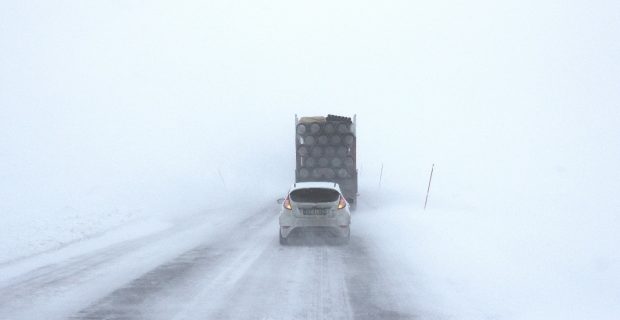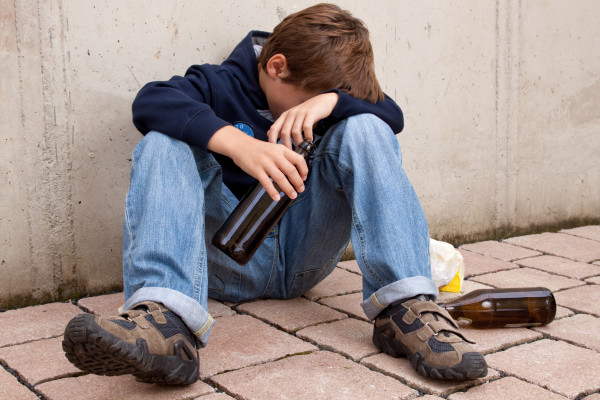Safety Tips For Winter Driving
As winter closes in on us, learning proper safety for the weather is so important, especially when it comes to driving in it. Even if you’re in a place where you don’t get snow often, it doesn’t hurt to keep yourself informed.
Just last week, even San Antonio, Texas, received 4.5 inches of snow. If it can happen in southern Texas, it can happen anywhere.
Yellowstone Towing and Repair provides towing in Island Park, ID. They put together this list of safety tips for winter driving that can help you avoid needing a tow.
Slow Acceleration and Deceleration
When you are driving through a blizzard, or over ice or snow, take care to accelerate and decelerate slowly. If you peel out too fast or slam on your brakes, your vehicle will lose traction and start sliding – making it much more difficult to control.
To avoid an accident, use caution and start and stop slowly.
Drive Slowly
In bad weather, you should always drive more cautiously and slowly – especially if you’re not used to driving in these conditions. You never know when someone is going to slam on their breaks, start sliding or pull out in front of you – so driving slowly is a good precaution to prevent an accident.
Keep Your Distance
When driving in ideal road conditions, the distance you should keep between you and the vehicle in front of you is 3 to 4 seconds. In bad weather, this distance should be increased to between 8 and 10 seconds. It takes more time to slow down safely in poor road conditions.
Keep enough distance between your vehicle and the next so you don’t have to slam on your breaks if an incident occurs.
Avoid Sudden Stops
If possible, avoid stopping as much as possibly, but especially avoid sudden stops. Slow down well ahead of time if you’re coming up to red light.
This goes for driving on hills as well. When driving uphill on an icy road, don’t stop or you might not make it the rest of the way up.
Know Your Brakes
You should be very familiar with the operation of your brakes no matter what condition you’re driving in. They’ll behave differently in each driving condition.
Go to an empty parking lot or a long driveway to test out your brakes. Drive slowly and apply pressure to your brakes.
Know how much pressure you can apply to your brakes before your vehicle will start sliding. Take this into consideration when you’re driving.
If it doesn’t take a lot of pressure before your vehicle is sliding. It’s wise to drive slower and keep more distance between yourself and other vehicles.
Stay Home
If you don’t have absolutely have to drive anywhere when the road conditions are bad, just stay home, especially if you aren’t comfortable driving in poor weather. It’s better to avoid an accident then risk driving in poor conditions when you don’t have to.
Keep these tips on your mind as you’re driving this winter and stay safe.
Can you suggest some more safety tips for winter driving? Please write them in the Comments. Thanks.






